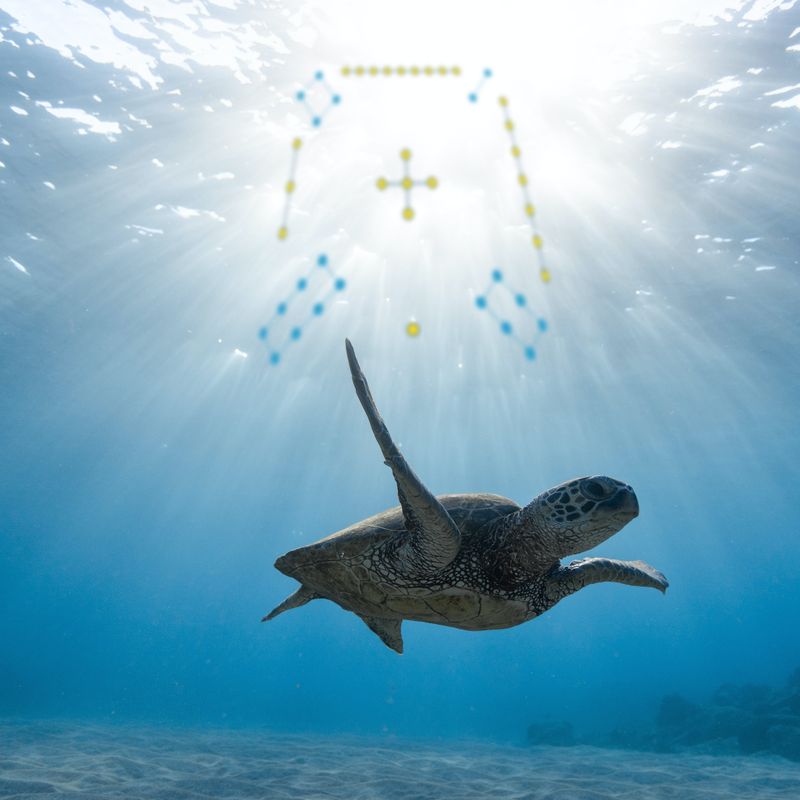Dr. Poney Chiang, PhD, R.Ac, R.TCMP:Neuro Meridian Integrative AcupunctureThe Certification Program
StartedJonas Brenner:The Power of Traditional Tui Na: A Complete Classical Healing System
Postponed - New date followsWhy do some patients with emotional trauma not respond to standard TCM treatments, even when all diagnostic signs point in the right direction? This 4-day in-depth course reveals how the 8 Extraordinary Vessels offer a unique pathway to healing that goes far beyond standard TCM approaches. This seminar integrates Chinese medicine concepts, especially based on Jeffrey Yuen’s teachings, with human behavior, neuroscience, and quantum physics.
As you all probably know, the urgency for effective mental health interventions in the Netherlands has never been greater:
These patients need help!
Under the guidance of renowned international expert Sohial Farzam, you’ll embark on a well-thought-out journey into understanding how the 8 Extraordinary Vessels provide a solution for all those struggling with their mental health. They are one of the most powerful yet often overlooked channel systems of Chinese Medicine especially in relation to mental health and emotional trauma.
Chinese medicine and philosophy are deeply intertwined with numerical systems, as is evident in concepts like the Three Powers, Four Levels, Five Elements, Six Divisions, and Seven Emotions. These myriad systems, along with the Five Element Archetypes and the Five Spirits, form the foundation of traditional Chinese medical practices.
But the Chinese weren’t the only ones to make numbers speak! The Greek also developed a very interesting system: Numerology. This workshop will zoom in on the intriguing connections between Numerology and Chinese medicine. Although originating from different cultural and historical backgrounds, both fields harness the power of numbers to offer profound insights into better understanding patients, friends, family, and even oneself.
This analysis will offer you intriguing perspectives and understandings not typically accessible through traditional study of these concepts alone. By examining the parallels and contrasts between these systems, you will gain a more comprehensive and enlightening view of what it means to be human, and how the Authentic Self is built.
David is an inspiring lecturer with lots of experience. Exciting, extremely knowledgeable and fun. I left with good insights that I could immediately put into practice. I'm looking forward to the next time I can participate in his lectures.
Stems & Branches
RecommendedIntroduction into the concept of Heavenly Stems (天干) and Earthly Branches (地支)
We refer to the astrological constellations at the moment of your birth as Heavenly Stems and Earthly Branches. They are defining a part of who we are, how we are walking our path in life, how we deal with what we encounter and what determines partly our decisions. Looking at the birth-chart of our clients gives us an additional insight how we can give support or advise. We are not treating symptoms but we are treating people and therefore it is crucial to have a better understanding of them.
Healing Wisdom: How Five Element Acupuncture Helps Perfectly When Treating Emotional Trauma & Stress
As we all know, Chinese Medicine, including the Five Element theory and acupuncture, views the mind, body, emotions, and spirit as interconnected aspects of an individual's well-being. This aligns with the holistic perspectives of today’s biomedical science, which consider the interplay between psychological, emotional, and physiological factors in understanding human health. It recognizes more and more that the main factor for most health problems and diseases such as chronic pain, heart diseases, diabetes, insomnia, cancer, metabolic and autoimmune disturbance, digestive disorders, cognition, and emotional challenges is rooted in traumatic stress, either from childhood or a later stage in life.
For the experienced practitioner, acupuncture is an ongoing journey of discovery to new knowledge and skills. This course offers a unique opportunity to master 12 specific treatment patterns, rooted in both ancient wisdom and modern insights. They are based on the I Ching Ba Gua, the Unified Acupuncture Theory (UAT) and the Balance Method.
These 12 patterns are well suited for treating a variety of internal functional problems, with a special focus on anxiety and insomnia. They build on three central concepts: dynamic interactions, static interactions and the Channel code. Together, these concepts provide a comprehensive treatment method for both musculoskeletal problems and functional disorders, internal imbalances and psychological and emotional states.
This groundbreaking 9-day certificate program uniquely combines today's advanced biomedical knowledge with the rich traditions of classical acupuncture. This allows acupuncturists to increase their skills in a scientifically supported manner with advanced techniques in the field of neurostimulation and DeQi sensation. The teaching program from the renowned Poney Chiang, PhD, provides an in-depth understanding of neuroanatomy and applies this knowledge directly to acupuncture through advanced techniques such as electro-neuromodulation of acupuncture points. These methods are particularly aimed at treating conditions affecting the peripheral and central nervous systems, providing a robust framework for practitioners to enhance their therapeutic skills.
PLEASE NOTE
You can register for Module 2 if you have not taken Module 1. This is not ideal, but it is possible.
I would recommend the Advanced Integrative Acupuncture program to anyone who does, or has interest in, treating neuromyofascial pain in their practice. Poney Chiang is an excellent instructor and extremely knowledgeable in this field. This course seamlessly integrates both Eastern and Western views in treating and diagnosing not only pain, but also many systemic conditions that involve the nervous system.
Since taking this course, I have a wider perspective on how to diagnose causes of pain. I also have more focus and direction when developing a treatment plan. From a practical standpoint, this course teaches many techniques which are very effective and can be implemented easily in one's practice.
This 2-day course, meticulously curated by Jonathan Shubs, immerses you in the ancient wisdom of the Nan Jing (The Classic of Difficult Issues; most likely written by multiple authors during the Han dynasty, 25–220 AD) as articulated in chapters 16 and 69. The narrative of Nan Jing unveils a unique understanding of complex medical concepts, laying a solid foundation for the therapeutic journey we encounter with every patient.
Additionally, Jonathan will teach you the 5-element logic of the Sa'am 4-needle technique and the Nan Jing abdominal palpation. This will provide you with fantastic tools to verify your diagnosis and learn how, despite using only a few points, you can still achieve significant therapeutic effects. Moreover, you will receive immediate feedback on the effectiveness of your treatment from your patients. How wonderful is that!
“Observe the laws of Heaven and examine how they operate in our lives - in this lies true mastery.” Yi Jing (I Ching)
This intensive, practical course provides advanced, concrete skills to help you recognize and treat the intricate connections between physical symptoms and emotional well-being. Nicholas Van Bergen Garner, a leading practitioner with over 25 years of clinical experience and specialized training Wu Xing/5-Element tradition and facial diagnostics, combines Eastern wisdom and Western insights in a pragmatic, results-oriented approach.
In addition to being an experienced certified TCM acupuncturist, Nicholas has deepened his knowledge with physical therapy and specific training in Vietnamese acupuncture. His Master of Science research into the relationship between facial features and emotional imbalance has given him unique practical tools to diagnose and treat patients more quickly and accurately. This combination of Eastern and Western methods provides immediately actionable insights for your daily practice.
Are you finding that some patients simply don't respond to your treatments, despite your technical expertise? This course explores a powerful insight that experienced TCM practitioners discover throughout their career: integrating psychological approaches with acupuncture can unlock healing potential when underlying trauma influences physical symptoms. By mastering the integration of Compassionate Inquiry® with Unified Acupuncture Theory, you'll develop the unique ability to identify and treat the psychological roots of physical illness – a skill that fewer than 5% of European TCM practitioners possess.
An in-depth exploration of treatments and self-cultivation of Xin and Shen.
Want To Dive Into The Rewarding Realm Of Treating Cardiovascular Patients?
In a medical landscape where cardiovascular disorders are increasingly prevalent, can you truly say you have the adequate toolbox for safe and effective cardiovascular management?
This comprehensive course challenges you to elevate your practice beyond basic TCM theory by integrating advanced channel theory with practical applications specifically for cardiovascular and emotional disorders. Taught by Amos Ziv, a practitioner with over 20 years of specialized experience in cardiovascular treatment and the founder of CardiaCare, this is not theoretical knowledge recycled from textbooks—it's clinically-verified wisdom refined through decades of specialized practice that delivers measurable results.
If you want to confidently treat the complex interplay between physical heart symptoms and emotional imbalances that many of your colleagues avoid, this course provides the concrete skills and protocols that will immediately enhance your clinical outcomes.
The popularity of Abdominal Acupuncture (AA) has increased enormously, the last couple of years, both in China and in the West. After Professor Bo ZhiYun ended his research in 1991 and brought out the guidelines for treatment according to the Abdominal acupuncture technique, his method is even called a 'miracle therapy'. This is the seventh time that IL organizes this successful, extremely practical and by students highly valued 3-day course.
This groundbreaking 9-day certificate program uniquely combines today's advanced biomedical knowledge with the rich traditions of classical acupuncture. This allows acupuncturists to increase their skills in a scientifically supported manner with advanced techniques in the field of neurostimulation and DeQi sensation. The teaching program from the renowned Poney Chiang, PhD, provides an in-depth understanding of neuroanatomy and applies this knowledge directly to acupuncture through advanced techniques such as electro-neuromodulation of acupuncture points. These methods are particularly aimed at treating conditions affecting the peripheral and central nervous systems, providing a robust framework for practitioners to enhance their therapeutic skills.
PLEASE NOTE
You can only participate in Module 3 if you have completed either Module 1 or Module 2.
I would recommend the Advanced Integrative Acupuncture program to anyone who does, or has interest in, treating neuromyofascial pain in their practice. Poney Chiang is an excellent instructor and extremely knowledgeable in this field. This course seamlessly integrates both Eastern and Western views in treating and diagnosing not only pain, but also many systemic conditions that involve the nervous system.
Since taking this course, I have a wider perspective on how to diagnose causes of pain. I also have more focus and direction when developing a treatment plan. From a practical standpoint, this course teaches many techniques which are very effective and can be implemented easily in one's practice.



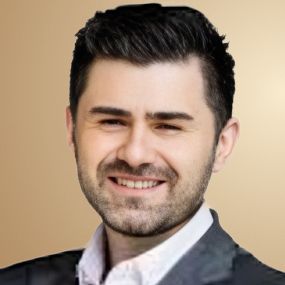 Sohial Farzam
Sohial Farzam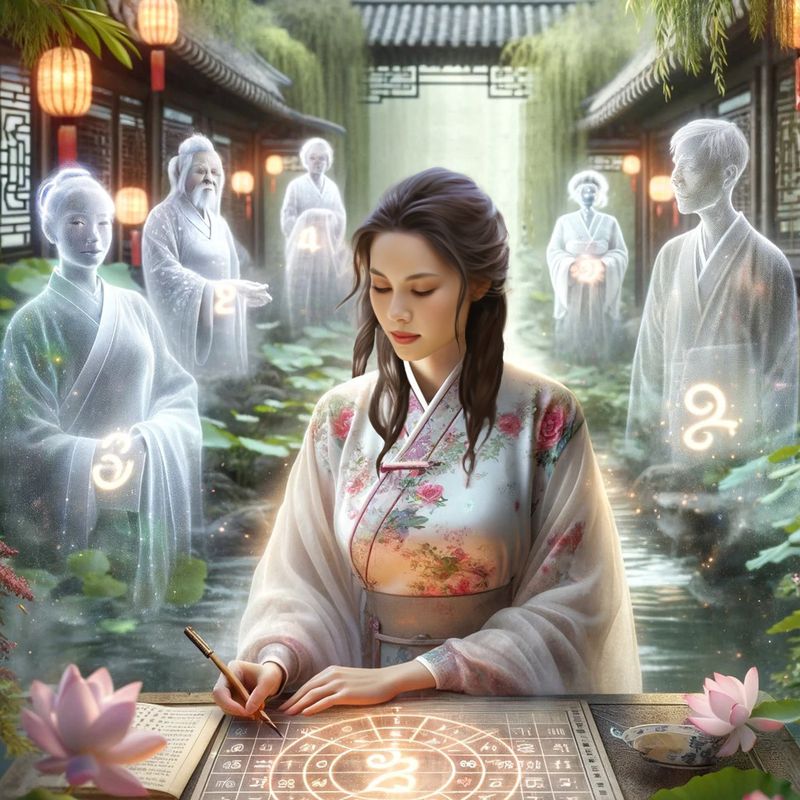
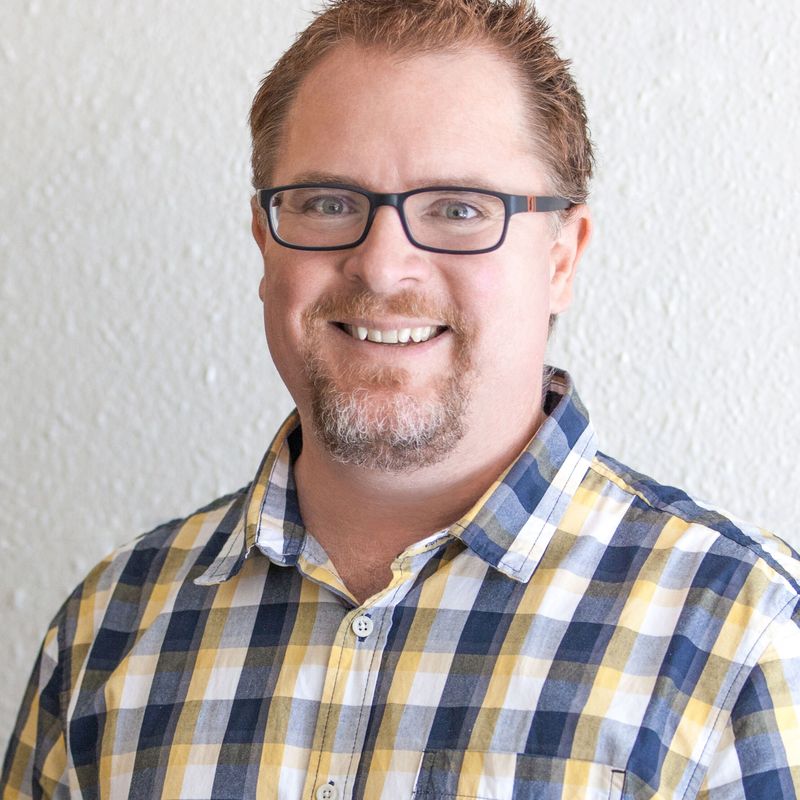 David Hartmann
David Hartmann
 Bernhard Nessensohn
Bernhard Nessensohn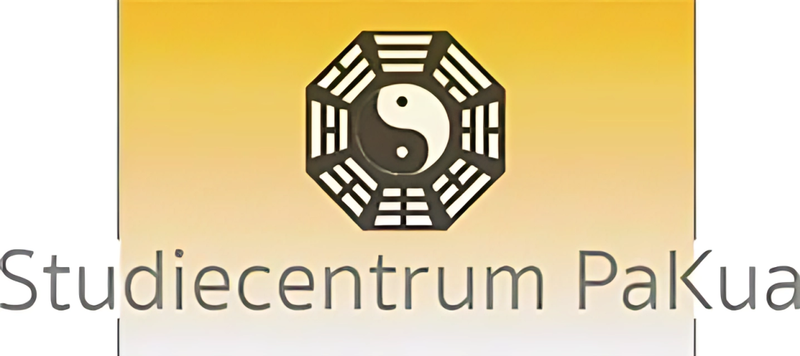
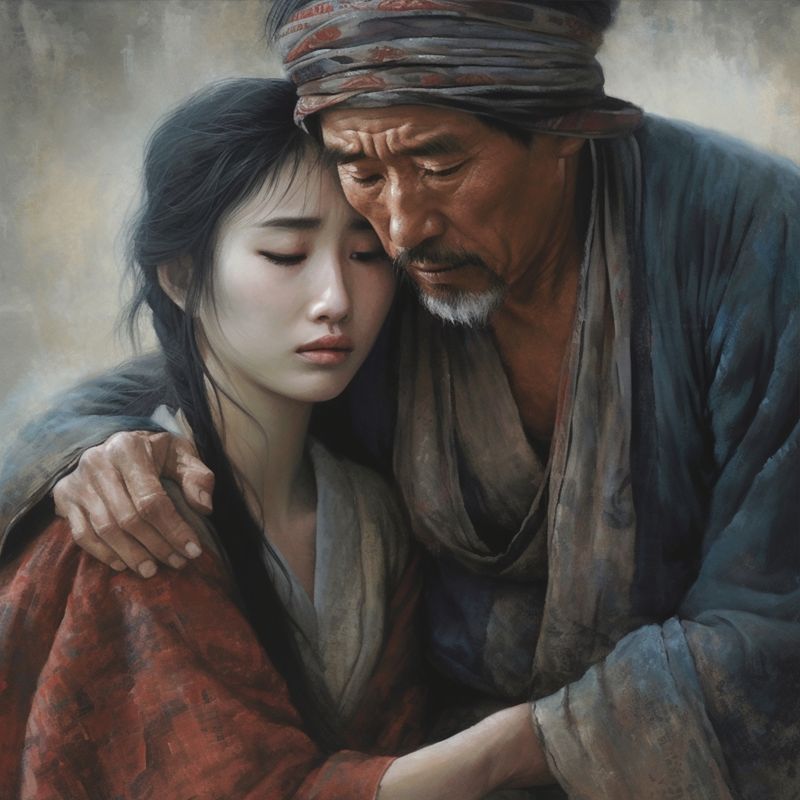
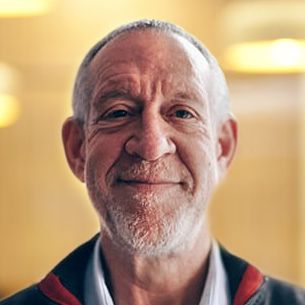 Tuvia Scott
Tuvia Scott
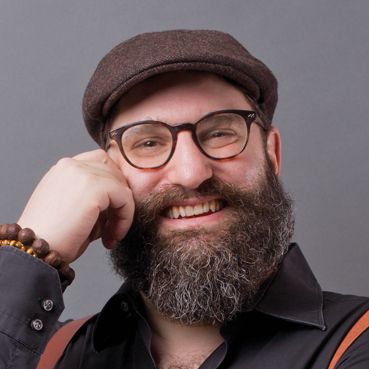 Jonathan Shubs
Jonathan Shubs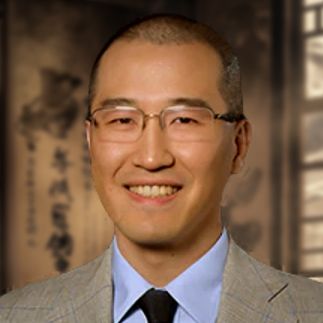 Dr. Poney Chiang, PhD, R.Ac, R.TCMP
Dr. Poney Chiang, PhD, R.Ac, R.TCMP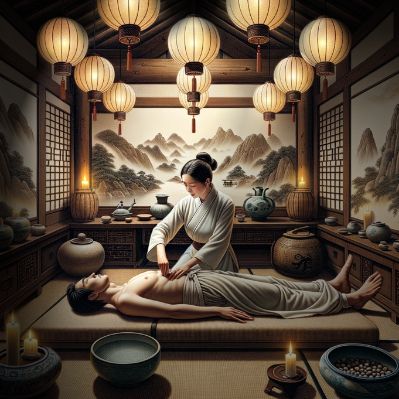

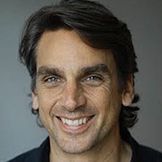 Nicholas Van Bergen Garner
Nicholas Van Bergen Garner
 Mary Lennon
Mary Lennon
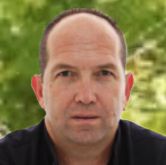 Amos Ziv
Amos Ziv